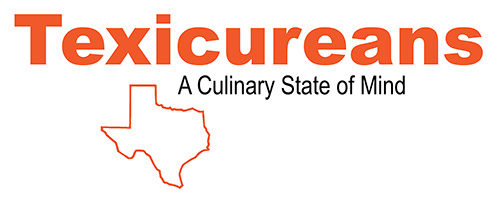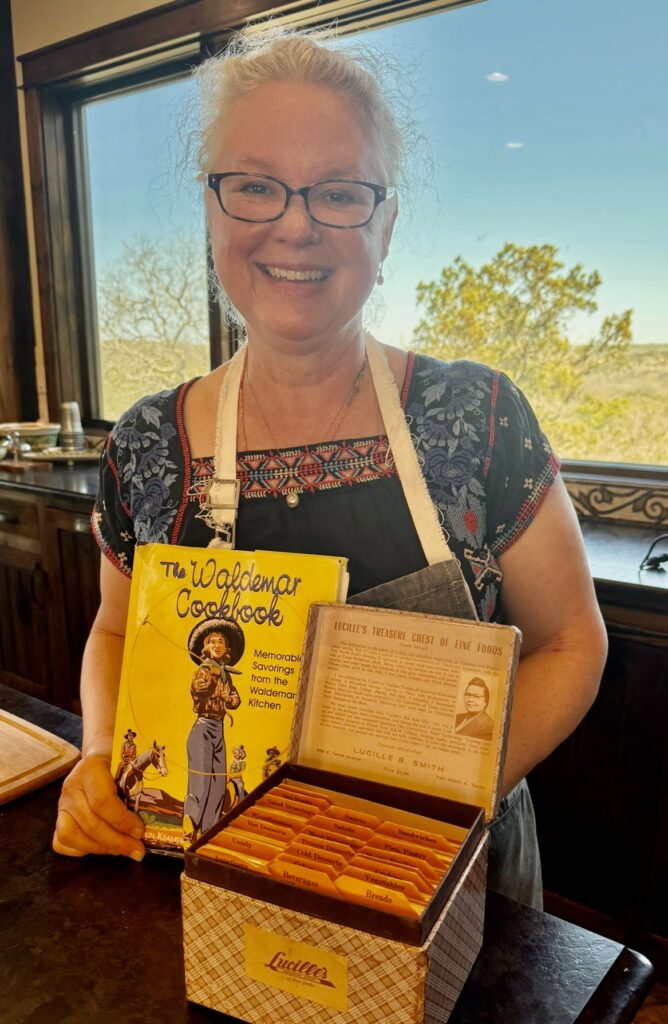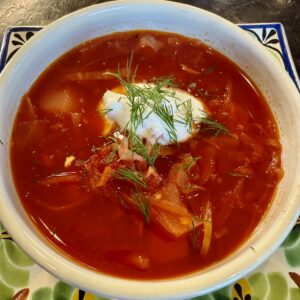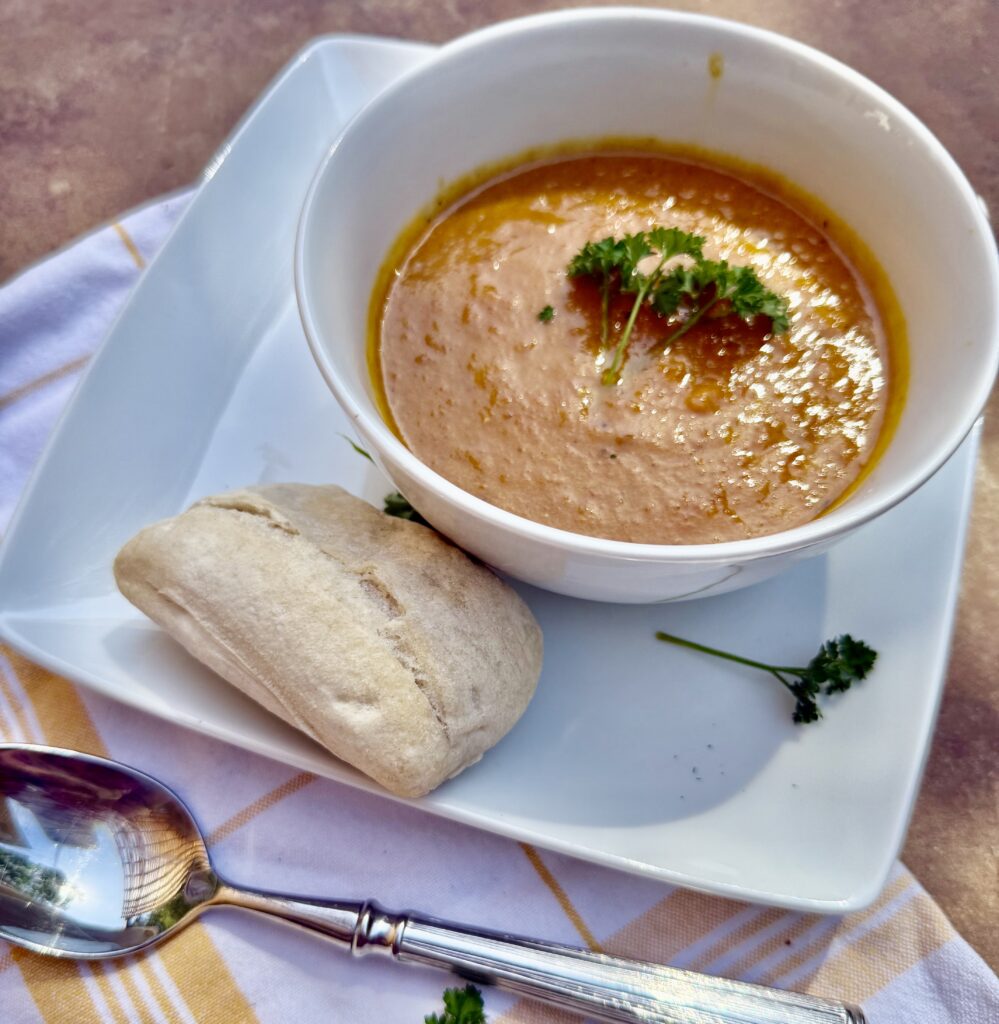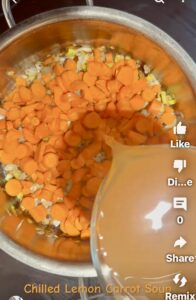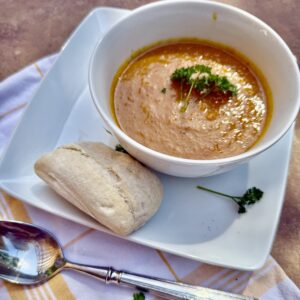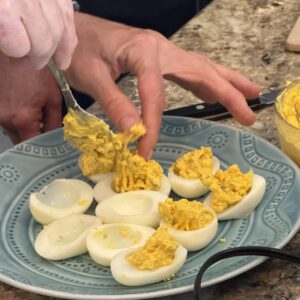A Texas German Immigrant and His Descendants’ Story
Inside the stories of groups of people lie the individual’s story – those who shaped Texas through grit and fortitude to create the great state we’ve become. I share the story with you today through the eyes of the descendants of pioneers who bravely ventured to the shores of Texas and finally settled in Comal County. Hang with me here; you’ll see how there is even a connection to the Herald-Zeitung!
My 11-year-old grandson, John Rush Williams, is the descendant of such a family on his mother’s side. So this is a new adventure of Texicureans to do a “Texicureans, Jr Episode.” The purpose of this episode is to encourage kids to hop in the kitchen with their parents to prepare the evening meal. Time together in the kitchen can evoke laughter, camaraderie, and a sense of accomplishment in the young in your household. This is a dish that an 11-year-old can prepare with little help!
As a bonus, John Rush adds the methodology for the perfect Coke float – Grosse Omi Style!
The Kraft Family
First, a little bit about those ancestors who ventured to Texas:
Heinrich Kraft was born 6/27/1827, in Scheletzrode, District of Hersfeld, Kurhesson, Germany. He sailed aboard “the Herschel” with his older sister, Lisette, in 1844. They left because of the brewing economic climate, which led to revolution in the late 1840s.
Although he was under 20, he was said to have been a large man, “head and shoulders above the other colonists.” That could have led to Prince Solms putting him in charge of the mounted militia. His plot of land in town was on Mill Street, and the farming land he acquired was along the Guadalupe River, now part of Canyon Lake. He worked for almost 10 years before marrying Katharine Roege on 1-22-1854 (who came over with her parents aboard one of the three ships).
They had 12 children. Many of their descendants still live in central Texas.
When Canyon Lake was built, the Kraft Cemetery was moved to a parcel along South Cranes Mill Road. Heinrich, Katharine, and two of their children are interred there.
Roland Kraft, John Rush’s great-grandfather, was a great-grandson of Heinrich. He lived in New Braunfels his entire life, working the farm near Freiheit, swimming in the Guadalupe River at Gruene, and playing baseball as a boy.
At the young age of 16, he went to work for Fred Oheim with the Zeitung. He set the newspaper first by hand (which required an individual with math skills), then with the help of a linotype, and finally progressed to the camera. He retired from the Herald after 42 years and bought some print shop equipment to open his own business.
One of the linotypes he used was donated to the Institute of Texan Cultures.
A linotype is a unique machine weighing 2000 to 3000 pounds, which allows a casting of print to be created, one newspaper line at a time. After printing, the castings would be remelted for the next printing. The keyboard on a linotype had 90 keys, capitals, lower case, punctuation, numbers, etc. (each key being one symbol). As an individual sat behind the massive keyboard and typed the text, the brass forms fell into a slot to be pressed onto the melted alloy (tin, antimony, and lead) and created the “line of type” for columns of the newspaper.
This type of printing was still used in some areas in the 70s and early 80s. Mr. Kraft was so skilled in this machine that he could produce the entire newspaper text in less than two days. He had many tricks of the trade to accomplish such a feat. He made a chair with longer legs in front, so it put him in a relaxed position to view the entire keyboard, thus enabling him to reach the keys easily. When smelting the alloy, he made the bricks in different lengths and knew precisely what he would need to manufacture the text. He also kept an ice chest in summer near, with a fan, because the heat from the linotype could get overwhelming. He taught his daughter, Ellen, how to use the linotype in the late 60’s because she found the machine captivating.
Now to that chicken recipe!
John Rush says about this dish: “This is a quick meal when we have lots of activities. We usually eat it with green beans. You can use unseasoned breadcrumbs or panko and add whatever seasoning you prefer. Omi created this recipe; My Mom and Uncle Austin (“Uncle Bud”) named it Butter Bottom Chicken.“
Butter Bottom Chicken
An easy main that children can make!
Course Main Course
Cuisine American
Butter Bottom Chicken
- 2 lbs chicken breast strips
- 1 cup italian bread crumbs
- 1 cup butter
Coke Float - Grosse Omi Style
- Vanilla ice cream
- Soda of your choice
Preheat oven to 400 degrees
Arrange chicken in a single layer
Sprinkle breadcrumbs over chicken in a thin layer, then top with cubed butter. (optionl: sprinkle Italian bread dipper seasoning on top).
Bake for 10 minutes. Remove from oven and use a silicone brush to ensure none of the breadcrumbs are dry. Return to oven until breadcrumbs are browned, about 10 - 15 minutes.
Coke Float - Grosse Omi Style
Keyword chicken, butter, Baked



